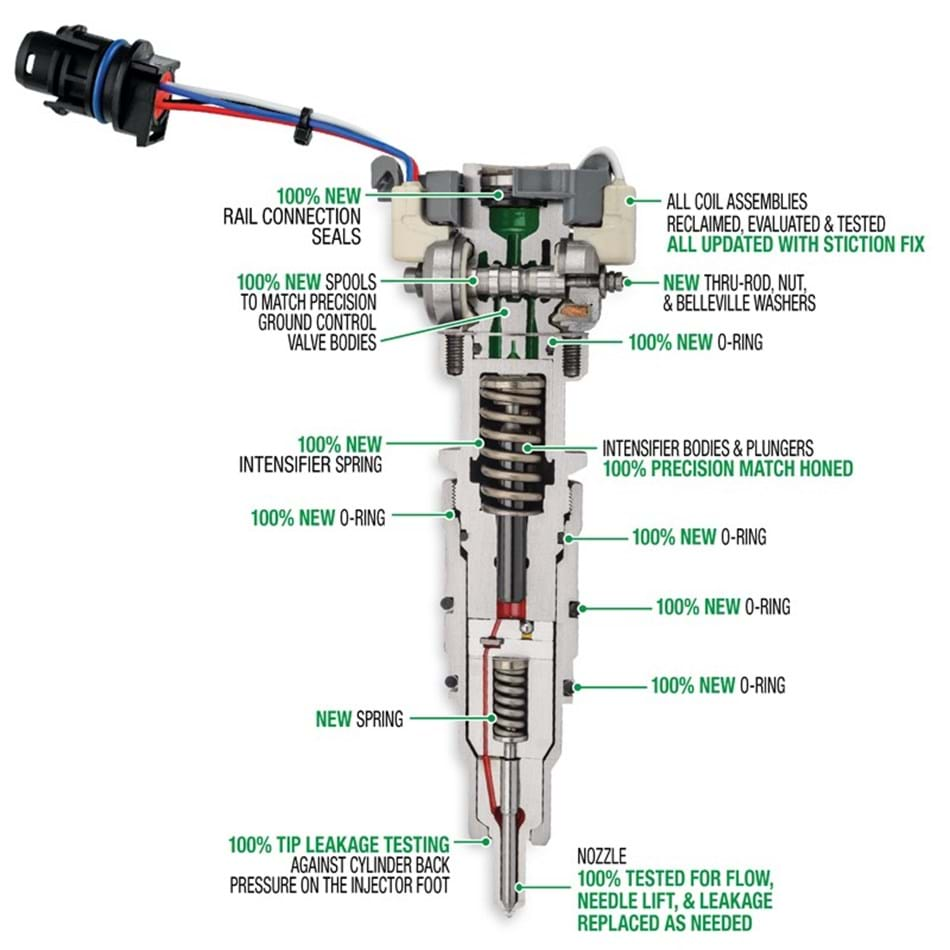8 Simple Techniques For Best Fuel System Cleaner
Table of ContentsIndicators on Best Fuel System Cleaner You Need To KnowThe Ultimate Guide To Best Fuel System Cleaner
Veuillez activer les tmoins dans votre navigateur ou utiliser un navigateur Web plus rcent. Vous pouvez aussi consulter la circulaire Walmart Canada en ligne sans tmoins.
A number of these factors will come from lookup tables. We'll go through a simplified estimation of the (best fuel system cleaner). In this example, our equation will just have three aspects, whereas a genuine control system may have a hundred or more. In order to calculate the pulse width, the ECU initially searches for the in a lookup table.

If coolant temperature level equals 100 and oxygen level equates to 3, the lookup tables inform us that Element A = 0. 8 and Factor B = 1. 0. 1. 2 1. 0 1. 1 1. 0 1. 0 1. 0 0. 9 1. 0 0. 8 0. 75 So, since we understand that is a function of load and RPM, which, the overall pulse width in our example equates to: From this example, you can see how the control system makes modifications.

Best Fuel System Cleaner Things To Know Before You Get This
One of the more frequently misinterpreted aspects of Electronic Fuel Injection (EFI) is how to choose the right size fuel injectors, fuel pump and Mass Air flow (MAF) sensor for a particular engine horse power output. The following information is meant to use a very quick tutorial on effectively choosing the most common EFI elements.
If you include larger-than-stock injectors to an otherwise stock engine, you need to not anticipate any horsepower boost whatsoever. In reality, you will probably create lots of drivability concerns that were not present before the swap to larger injectors. The small injection pressure for many Ford EFI image source systems is 39. 15 psi (270kPa) "across the injector." The term "across the injector" takes manifold pressure and fuel rail pressure into account, and is normally referred to as "delta pressure." Ford Performance's fuel injectors are constantly ranked at 39.
15 psi delta. There are some exceptions to those small injection pressure. In reasonably current years, emissions guidelines have actually become so strict that the government is now managing the emissions output that fuel cars are allowed to produce even when the engine is not running! This is referred to as "evaporative emissions" and arises from unburned hydrocarbons (raw fuel) releasing into the atmosphere from the fuel tank, fuel lines, injector leak, intake manifold, and so on, when the engine is shut down.
